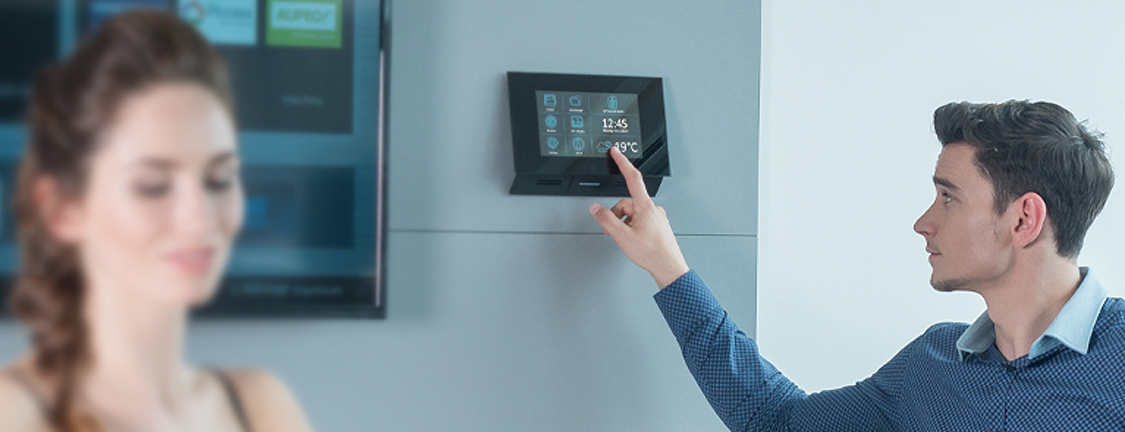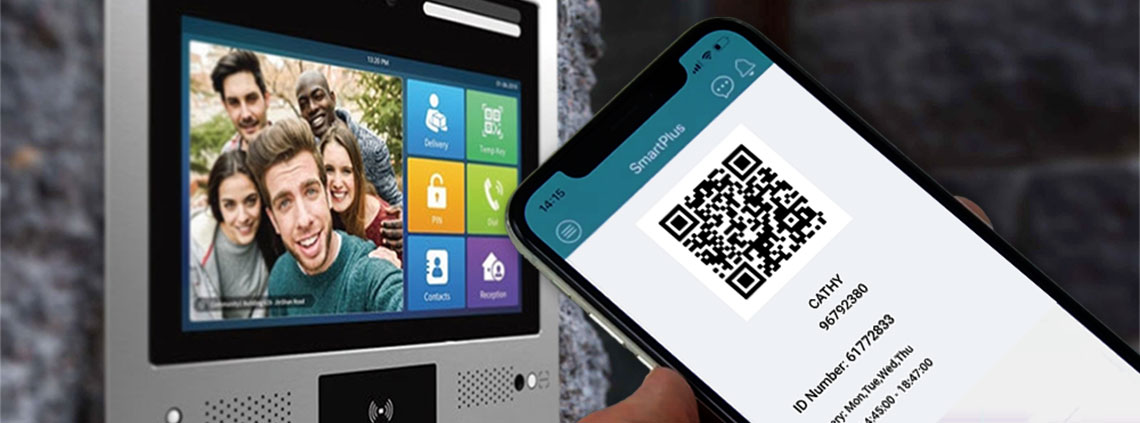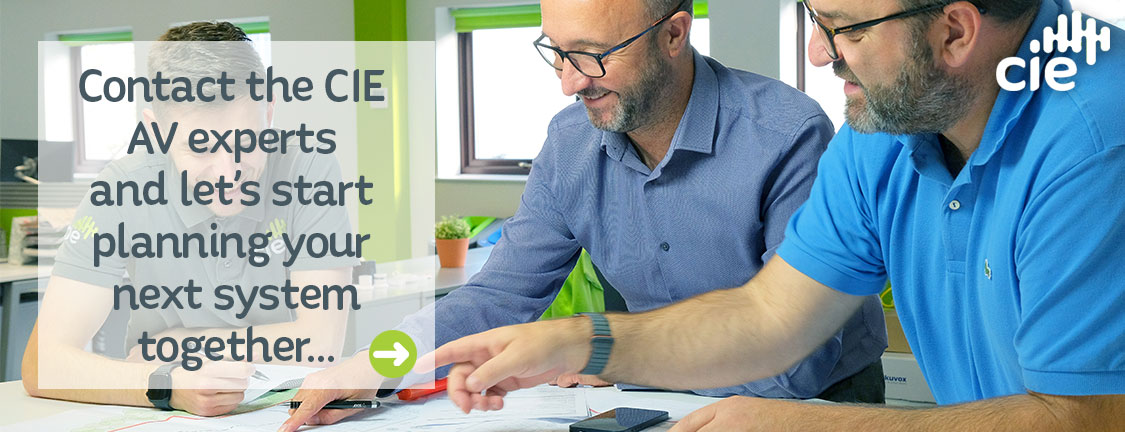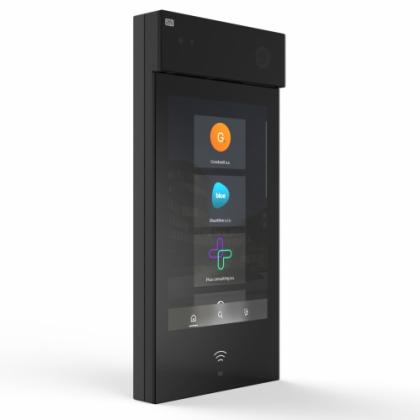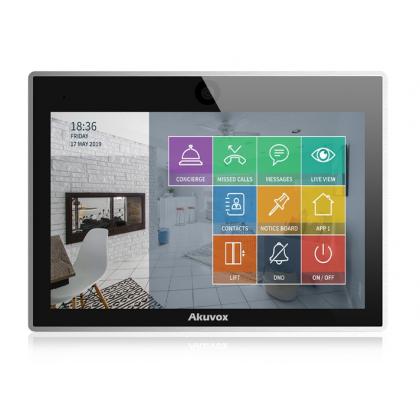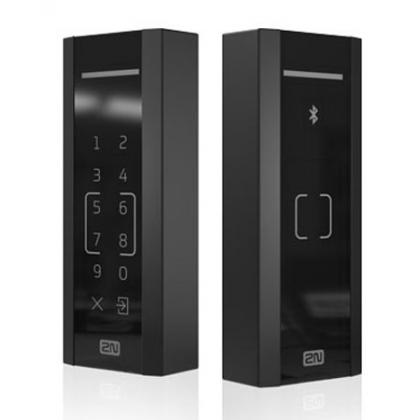What is system integration?
System integration is the process of connecting multiple systems and devices together to ultimately function as one.
But what are the benefits of system integration? What elements make up an integrated system?
What is system integration?
System integration is the process of connecting multiple systems and devices together to create a single integrated technology ecosystem that ultimately functions as one.
As building technologies increasingly migrate from analogue to I.P. connectivity & IoT devices, the ability to interconnect multiple building systems (such as lighting, heating, telecommunications, fire & security control) into a single infrastructure provides wide-reaching benefits and cost-savings for building and facilities management, property owners, tenants and owner/occupiers.
What are the benefits of system integration?
System integration has numerous benefits to building designers, building managers and the day-to-day tenants or residents:
- Single-point and remote-access to system management & control (such as web browsers and smartphone applications)
- Improves productivity and quality of operations
- Faster, more efficient and cost-effective operation
- Reduces manual errors
- Having everything in one system can reduce the chance of a data breach
- Reduces learning time as it is one single system to learn
- Reduced control devices and user interfaces
- Improved efficiencies and lower carbon footprint implementation and ongoing system monitoring
What is a smart home?
A smart home is home automation to the next level, using smart devices that are connected via the internet and work together to complete tasks. Smart homes often feature AI devices that learn from behaviours to match and take care of a person’s daily routines and needs. This concept of interconnected, smart home devices is often referred to as the ‘Internet of Things’ or ‘IoT’.
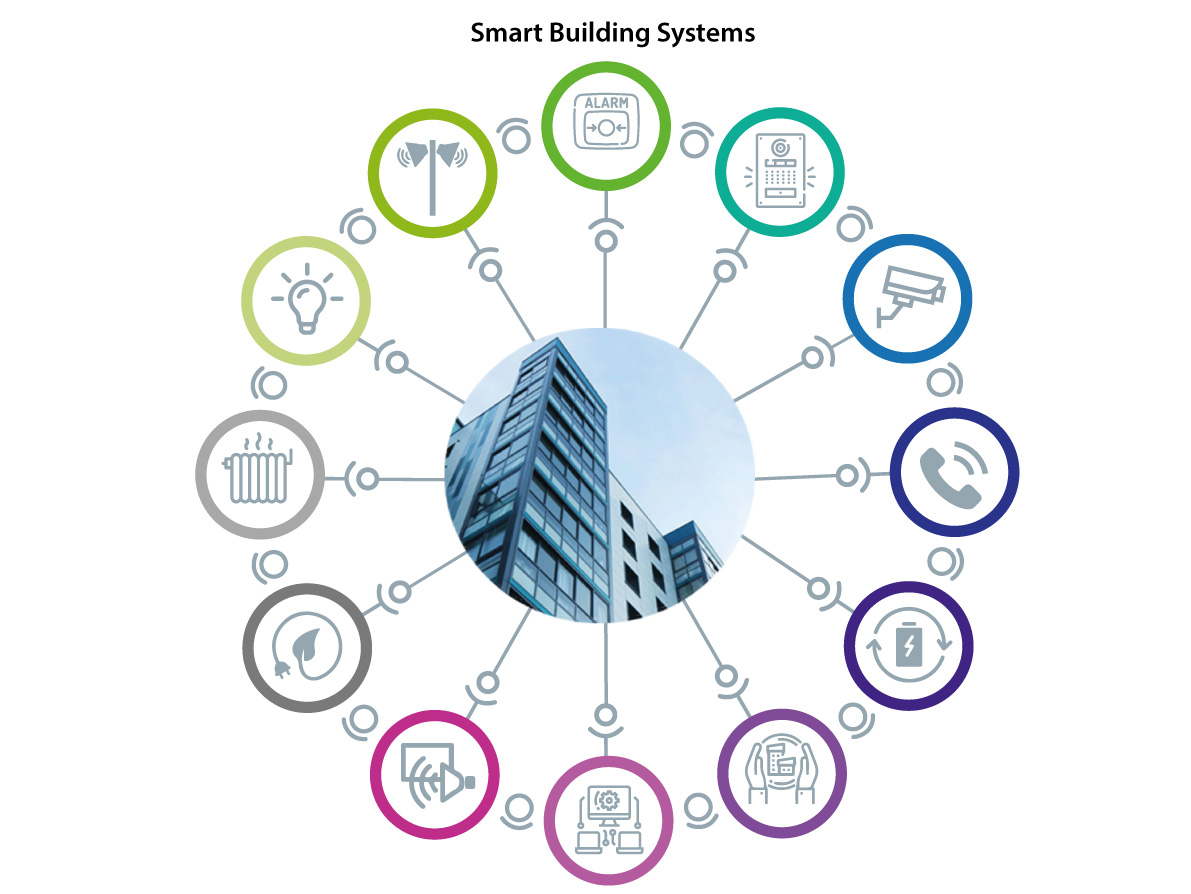
What is a smart building?
A smart building normally refers to a commercial building (such as offices, MDUs, universities, hospitals etc) which uses technology designed to allow for integration of building systems and technological developments. IoT sensors, building management systems, AI (artificial intelligence) and augmented reality are some examples of the combination of hardware and software systems that may be used in a smart building to control and to optimise its effectiveness and efficiency.
Smart buildings allow full integration of building management systems and services, in order to greatly improve ease of use and efficiencies for building operators, facilities management, landlords, tenants and everyday users.
I.P. connectivity is now an integral part of almost all building services allowing for interconnectivity, remote control, management and monitoring.
Infrastructure and building facilities which can be integrated include:
- Heating & Air conditioning
- Lighting
- Public Address & Background Music
- Fire Alarm / HVAC
- Door Intercom & Access Control
- CCTV & Video Monitoring
- Telecommunications
- Power Management / Renewable Energy
- Occupancy
- I.T. Systems
- Audio Visual
What are smart devices?
Smart devices are interactive electronic devices that connect to a network to operate either interactively with other devices or autonomously.
The variety of smart devices is ever-increasing, as we move from the ‘familiar’ – such as smartphones, watches and smart speakers – to the more ‘conventionally-analogue’ devices I the home, such as kettles, fridges and washing machines, all of which are becoming increasingly available as IP connected devices. This allows our traditionally autonomous household technologies to interact with one another and link with smartphone apps (such as online shopping and energy providers) to automate more of our daily activities.
What does IoT mean?
IoT, otherwise known as the Internet of Things is the concept of connecting any electronic device that can connect to the internet and to other devices. The IoT is a huge network of connected things and people – all of which gather and share data about the way they are used and about the environment around them.
How does IoT work?
Devices with built-in sensors are connected to an IoT platform; this integrates data from the devices and applies analytics which shares the most valuable information with applications built to address specific needs.
IoT platforms can show which information is useful and what can safely be ignored. The information can be used to find patterns, propose recommendations, and find any possible problems before they happen.
With insight provided by the analytics you can then make processes that are more efficient. Smart objects and systems allow a wide range of tasks to be automated, saving time and making life that bit easier.

What IoT devices are there?
The ever-increasing number of IoT devices can range from personal tech to home appliances such as:
-
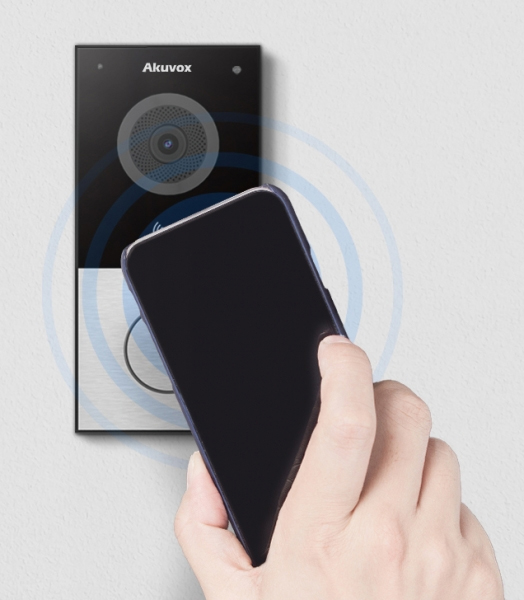 Smart watches
Smart watches - Smart phones
- Games consoles
- Smart TVs
- Lights
- Smart thermostats
- Smart locks & access control
- Video doorbells
- Security cameras
- Speakers
- Smart display
- Medical & telecare
- Smoke alarms and detection
- CO detectors
- Printers
- Smart kitchen appliances (such as fridge, washing machine & kettle)
What features do IoT devices have to create smart building and home automation functionalities?
IoT devices feature various advanced functionalities in order to enable home automation and smart building environments:
- Remote control – smart building and home automation devices can be controlled remotely via a web portal and/or smartphone app allowing for remote control monitoring and servicing of technologies as well as communication (such as video calls between video doorbells and smartphone.)
- Voice control – many IoT devices can be controlled via voice control commands using voice assistants such as Alexa or Siri.
- ‘Home-and-away’ mode – some smart home products such as light bulbs can be set up to what can be referred to as a ‘home and away mode’. Meaning the lights will turn on and off at random times to mimic real life to help deter thieves.
- Energy monitoring – smart thermostats and lighting systems have energy monitoring so you can take note of how much energy you are saving.
- Shared access – IoT devices can usually be controlled by multiple people if they are either all signed into the same account or added as a guest or friend to the account.
- Triggers - devices of the same brand or compatible different brands can all trigger one another (for example a security camera can trigger an outside light to come on.)
- Daytime and nightime mode – similar to home-and-away mode light bulbs can be set to this mode to sync with beginning of the day and the end of the day to turn on and off.
- App control – IoT devices have user-friendly smart phone apps that allow for all the above features and for software updates to make improvements.
What is home automation?
Home automation is what integrates smart devices within a home and allows for automatic or remote control of all devices and settings. A home automation system gives you the power to adjust various things in the home such as temperature, lighting, locking and unlocking doors, arming and disarming alarms and much more - all from your smart device or voice control.
How does home automation work?
Home automation works via a network of devices that are connected to the internet using different communication protocols such as Wi-fi, Bluetooth etc. Using electronic interfaces, the devices can be remotely managed through an app or voice controlled.
There are three levels home automation works on:
- Monitoring – means users can use their devices to check in remotely via an app. For example, a user can live view from a smart security camera.
- Control – means the user can control the devices from remote.
- Automation – means you can set up devices to trigger off one another. For example, a sensor from a security camera that picks up motion can make an alarm bell go off.
What are the benefits of home automation?
The benefits of home automation are:
- Remote access - means you can control devices without the need to be there for example unlocking a door for and not having to leave a key for the door to be opened.
- Ease - makes your life easier for example if you are already in bed and forgot to turn the lights out you no longer require getting up to turn them off, you can stay in bed and turn them off.
- Convenience – being able to control your devices remotely or set them up to a schedule is convenient as it allows you to focus on other things and not worry about certain tasks.
- Energy efficient – setting things like thermostats on a schedule means you are not wasting energy and therefore has more energy efficiency.
- Safety – using smart security products in home automation such as sensors to detect people entering the building and video doorbells and cameras increases your homes safety as you can monitor these from anywhere with internet.
Is home automation safe and secure?
Home automation is generally considered as safe. However, like most things security this is not 100% guaranteed especially when it uses internet connection. Unfortunately, IoT devices that are used in home automation can be hacked due to inadequate security protocols or outdated software. Ultimately, it’s up to the user to keep software up-to-date and to adhere to security protocols to help prevent from being hacked.
What is the difference between IoT and home automation?
The difference between IoT and home automation is that IoT refers to the devices themselves whereas home automation is what you can set the devices to actually do (for example automated to trigger against one another.)
What is a System Integrator?
Historically, getting your technology systems and devices into the building would likely be a job for various disparate installation companies – such as audio installers, CCTV installers, telephony installers, etc.
Not only could this make for logistical and project management nightmares, but could leave your building or home with multiple conflicting technologies and various cable infrastructures to install throughout the building.
The emergence of I.P. connectivity – the ability to connect devices over a network using standard Ethernet cable infrastructure – has theoretically allowed for almost all services to be interconnected over the same network (theoretically, of course, due to the high bandwidth that would be required to transmit the combined data of multiples of systems).
IP systems, therefore, no longer need multiple, separate cable infrastructures, allowing devices to quickly and easily be plugged-in to a standard network via Ethernet / Cat-x connectivity.
With the additional advancement of web interfaces and apps to control and monitor multiple systems, the traditional ‘single system installer’ has been substantially superseded by system integrators who have the expertise and capabilities to design and install multiple systems and services to provide a seamless smart building.
Systems integrators will usually include a team of experts made up from different competences – system design, physical installation, user experience (or ‘UX’) – but notably the essential inclusion of I.T. / network infrastructure specialists.
Also read:
Need help designing or specifying an integrated audio visual and security system?
CIE is one of the UK's leading distributors of professional IP audio, AV and access control products from many of leading brands.
Our professional system design team provide a unique system architecture service for installers and integrators to help you deliver the best in integrated and autonomous systems.
If you would like to discuss your next integrated building system or would like more information on our full range of products, please call our team today on T. 0115 9770075 or email us now.
